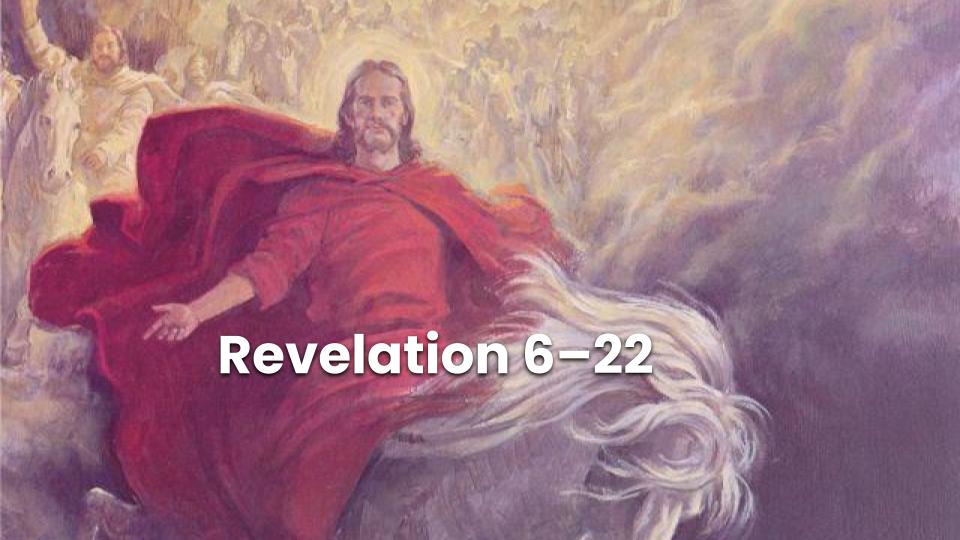Note: This is part of an ongoing series of posts focused on movies about Jesus.
We all know that what we see in art really influences how we visualize life. For example, what does Abinadi look like? Most of us think about an old, muscly man—talking to a fat King Noah. Was Abinadi really old? Was King Noah really fat? The scriptures actually don’t say. Here’s an interesting article that talks about how LDS art influences our perceptions. But the point that I want to make is that one reason why it is really good to watch movies about Jesus Christ is that it gives us multiple perspectives about his life.
There are drawbacks, of course. Some movies will introduce scenes that are not scriptural, which can be confusing for some or lead to a false impression of what really happened. But in my view, reading the scriptures combined with watching videos—multiple different movies—can help give us some perspective we might not otherwise obtain. For example, some movies that I’ve noticed show Jesus Christ healing the sick, ministering to the poor, saying kind words, reaching out to little children, and then all of a sudden he’s being crucified, and we wonder “Why would somebody do this?” There are, of course, some very tough sayings that Jesus says to the Jewish authorities that often aren’t depicted in film. So, watching movies that includes these depictions adds an additional dimension to our understanding of Jesus Christ.
That was my experience watching the movie “Risen.” It came out in 2016 and tells the story of Christ’s crucifixion and resurrection from the perspective of a Roman soldier. The movie begins with this leader of Roman soldiers facing a bunch of Jewish rebels led by Barabbas, who had only hours earlier been set free by Pilate. The rebels are put down and the Roman solider comes back to report to Pilate, only to be told that he needs to go make sure that Jesus Christ and two other prisoners have successfully been crucified. So, as he goes to the Christ, he becomes a witness of the death of Jesus Christ. He is then embroiled over the following scenes of setting a watch guard to make sure that the body of Jesus stays safe, and then has to handle the aftermath when the body of Jesus Christ is missing.
While most of the movie is extra-scriptural, I do want to point out that it portrays one of the most accurate crucifixion scenes I’ve seen. Note for example the T-shaped cross. While we typically think of Roman crosses in the Crucifixion, the three surviving artistic depictions of crucifixion prior to the 4th Century AD all show T-shaped crosses. Also, notice the position in which the feet were nailed. This is also supported by archaeological evidence.

As I mentioned, the director took many liberties with this movie. For example, I did not approve of the way that Mary Magdalene is portrayed (not scriptural!). At the same time, it is fun and interesting to think about what was the reaction of Pilate when the body of the Savior was found missing? Was he angry at his soldiers? There clearly was some type of chain of command—who bore responsibility? Was there an investigation to try and find the disciples of Jesus Christ who supposedly stole the body of Jesus? I won’t give any spoilers, because there are some what I found to be great plot twists in this movie that made it all the more enjoyable, but I will say that I really appreciated the idea of looking at the events of the crucifixion and the resurrection through the eyes of a non-believer, through the eyes of a Roman solider who had no context for the life and mission of Jesus Christ, but what he has to do when faced with evidence that Jesus Christ is, in fact, the son of God.
Sign up to receive occasional emails with more posts like this one.






